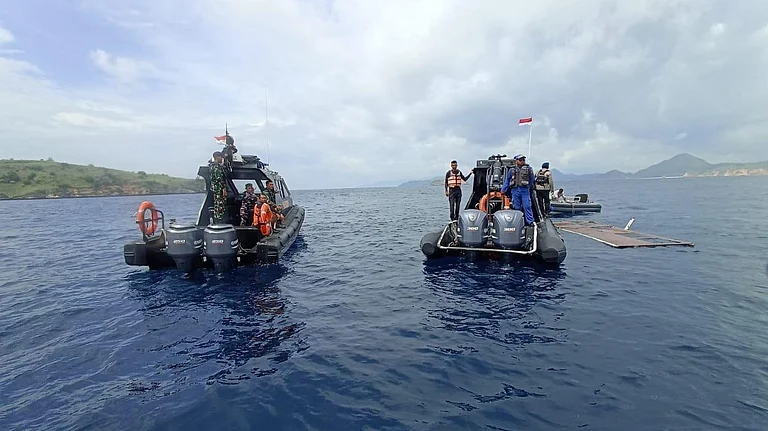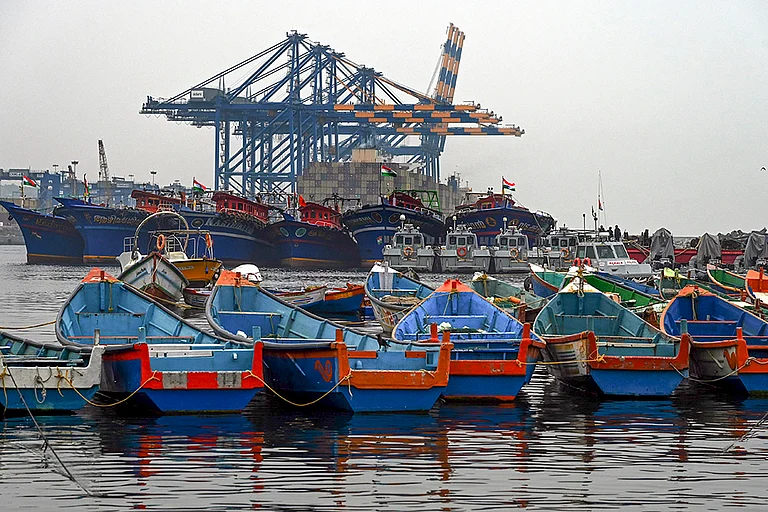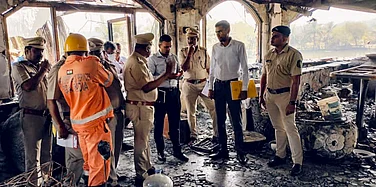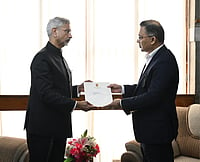The Vizhinjam Port in Kerala, owned by the Adani Group, has officially welcomed its first cargo ship, in a boost to the nation's maritime logistics industry. The mothership, 'San Fernando', arrived at Vizhinjam International Seaport on July 11 and was greeted with a water salute by four tugs, which escorted it to the dock.
Adani Ports Managing Director Karan Adani called the development a "glorious achievement in Indian maritime history".
"San Fernando – now berthed at our harbour is a symbol of a new, glorious achievement in Indian maritime history. It is a messenger that will tell the world that India's first transshipment terminal and the largest deepwater port has begun commercial operations," he said.
Vizhinjam Port | Top Points
- India's first deepwater transhipment port, Vizhinjam international seaport, received its first mothership, MV San Fernando, carrying 2,000 containers.
- Vizhinjam port is the first international deepwater transhipment port in the Indian subcontinent, with a natural depth of over 18 metres, scalable up to 20 metres.
- The port's depth allows for the entry of large vessels and motherships, making it a crucial gateway for international trade.
- The berthing of MV San Fernando was part of a trial run before the port opens for commercial operations.
- Kerala Chief Minister Pinarayi Vijayan formally welcomed the vessel, along with Union Minister for Ports, Shipping, and Waterways Sarbananda Sonowal and other dignitaries.
- The international port is being developed by Adani Ports and Special Economic Zone Ltd (APSEZ) under a public-private partnership model.
- The total investment for the project is around Rs 8,867 crore, with the state and Central governments allocating Rs 5,595 crore and Rs 818 crore respectively.
- Vizhinjam will become India's first semi-automated port, equipped with modern equipment and advanced automation and IT systems.
- The port is expected to be fully commissioned in September or October 2024, after being delayed due to land acquisition issues.
- The project has been in development for years, with successive governments working on its execution.
- The port is expected to become a key player in regional trade, serving as a gateway for trade between Southeast Asia, the Middle East, and Africa.


























